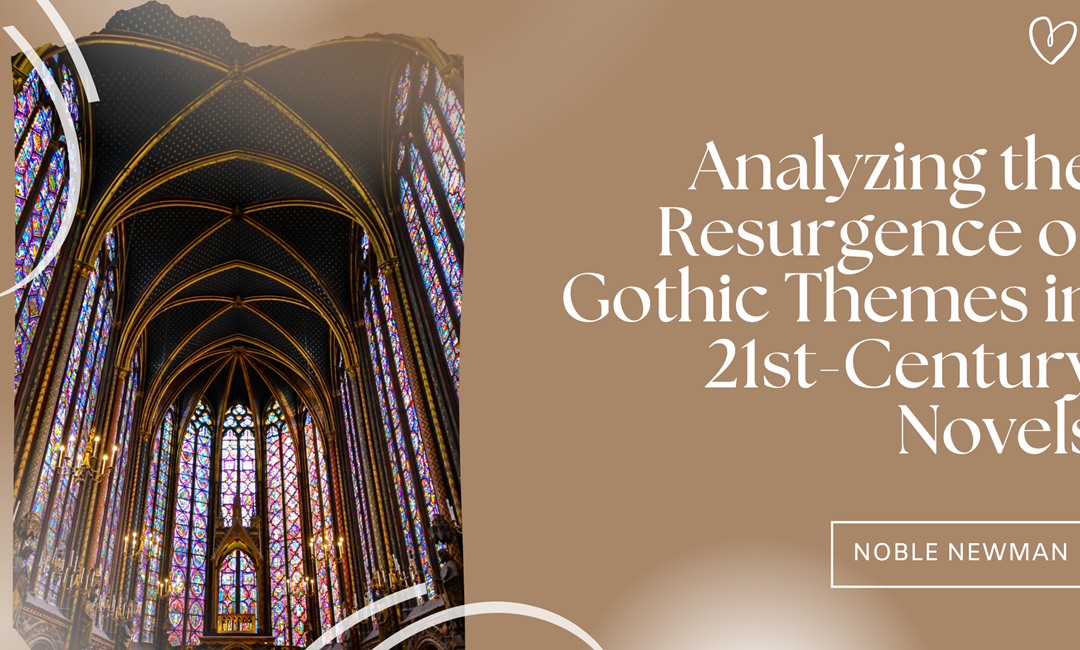The resurgence of gothic themes in 21st-century novels speaks to a timeless fascination with darkness, mystery, and the supernatural. Originating in the 18th century with the works of writers like Horace Walpole and Ann Radcliffe, gothic literature has experienced periodic revivals, each reflecting the anxieties and preoccupations of its era. In the 21st century, this genre has undergone a renaissance, with contemporary authors infusing classic gothic tropes with new relevance and complexity.
One reason for the resurgence of gothic themes is their ability to capture the uncertainty and unease of the modern world. In an era marked by political turmoil, environmental degradation, and technological advancement, gothic literature provides a space to explore the darker aspects of human nature and society. Contemporary authors like Sarah Waters, Neil Gaiman, and Helen Oyeyemi use gothic elements to address issues such as trauma, identity, and power, offering readers a lens through which to examine the complexities of contemporary life.
Moreover, the gothic genre allows writers to engage with themes of memory, history, and the supernatural in ways that resonate with contemporary audiences. Novels like “The Night Circus” by Erin Morgenstern and “The Shadow of the Wind” by Carlos Ruiz Zafón weave intricate narratives that blur the line between reality and fantasy, inviting readers into immersive worlds filled with secrets, ghosts, and hidden truths. By drawing on gothic conventions, these authors create stories that are both timeless and timely, tapping into the collective unconscious and exploring the depths of the human psyche.
Furthermore, the resurgence of gothic themes in 21st-century novels reflects a broader cultural fascination with nostalgia and the past. In an age of rapid change and uncertainty, gothic literature offers a sense of continuity and connection to tradition. Contemporary authors often draw inspiration from classic gothic texts, reimagining and reinterpreting familiar tropes for modern audiences. By revisiting themes of haunted houses, forbidden love, and ancestral curses, these writers pay homage to the gothic tradition while also breathing new life into it.
Additionally, the gothic genre provides a platform for marginalized voices and perspectives to be heard. Writers like Marlon James, Silvia Moreno-Garcia, and Carmen Maria Machado infuse gothic themes with elements of folklore, mythology, and cultural identity, creating stories that challenge dominant narratives and center marginalized experiences. By reclaiming the gothic tradition for their own purposes, these authors subvert expectations and expand the boundaries of the genre, offering readers new ways of seeing and understanding the world.
In conclusion, the resurgence of gothic themes in 21st-century novels reflects a continued fascination with darkness, mystery, and the unknown. Through their exploration of trauma, memory, and the supernatural, contemporary authors use gothic literature to address the anxieties and preoccupations of the modern world. By drawing on classic gothic tropes while also pushing the genre in new directions, these writers create stories that are both hauntingly familiar and strikingly original, inviting readers on a journey into the shadows of the human experience.

